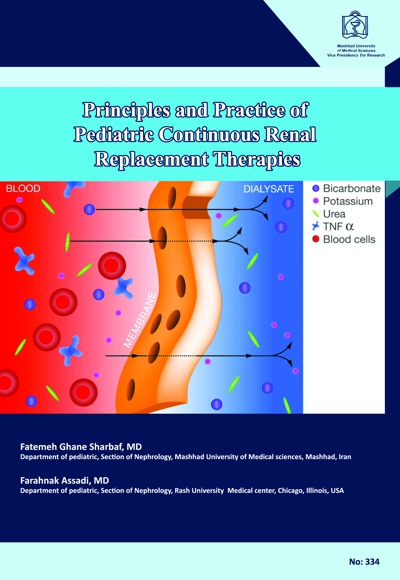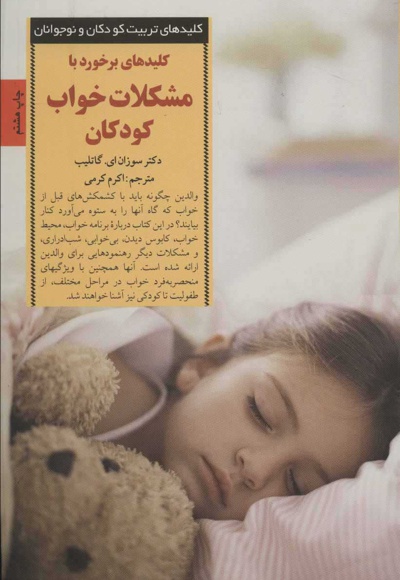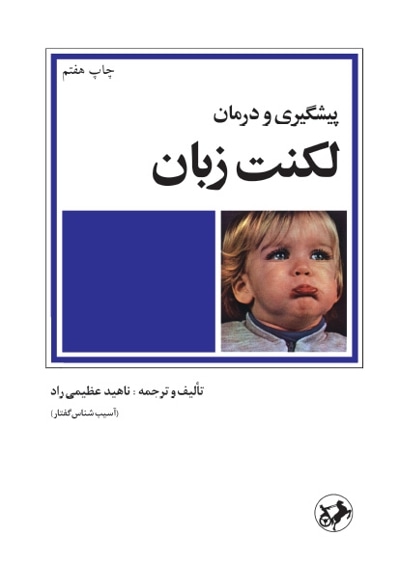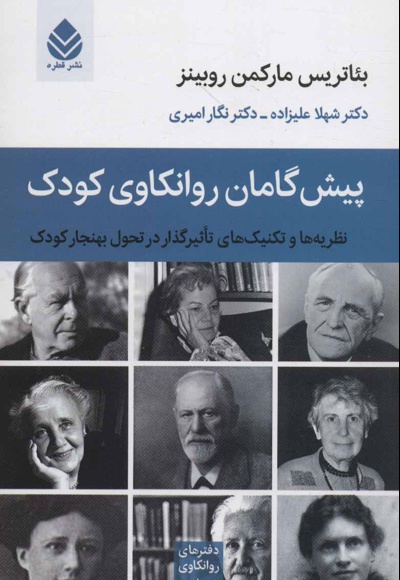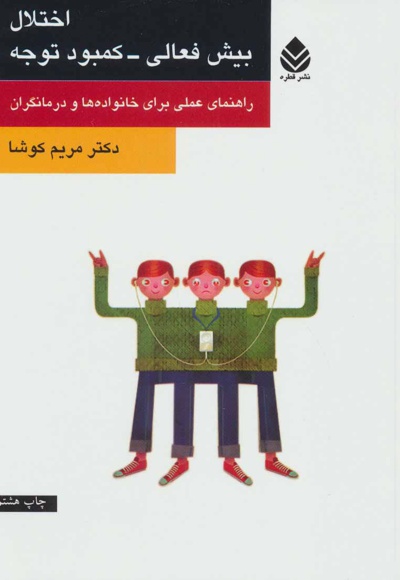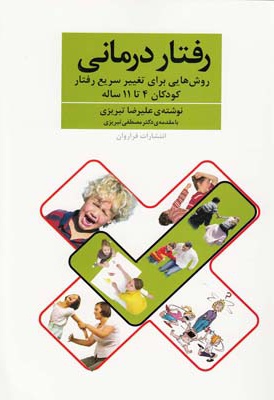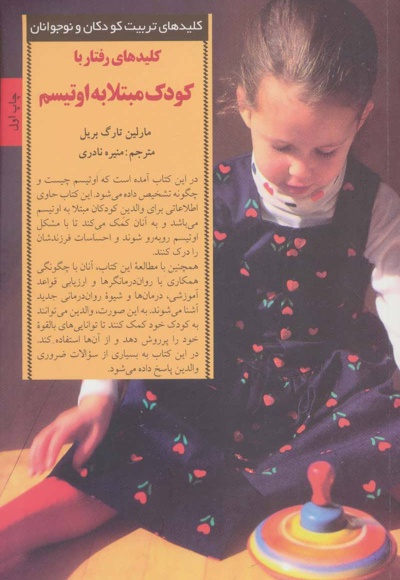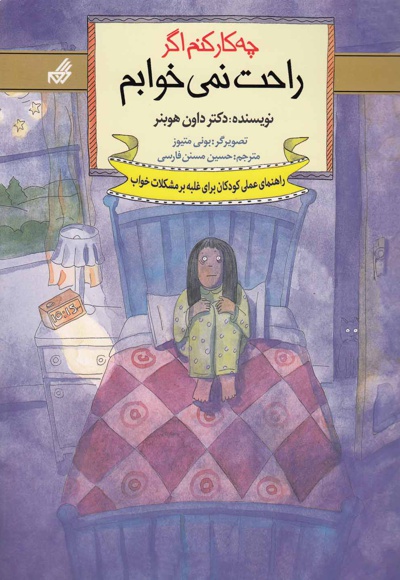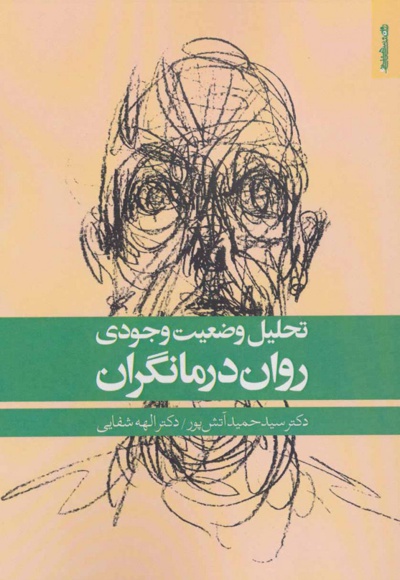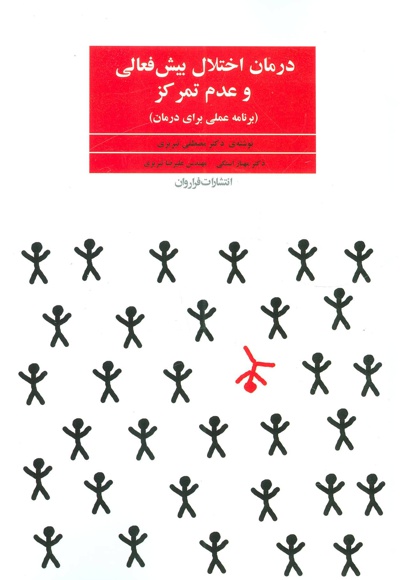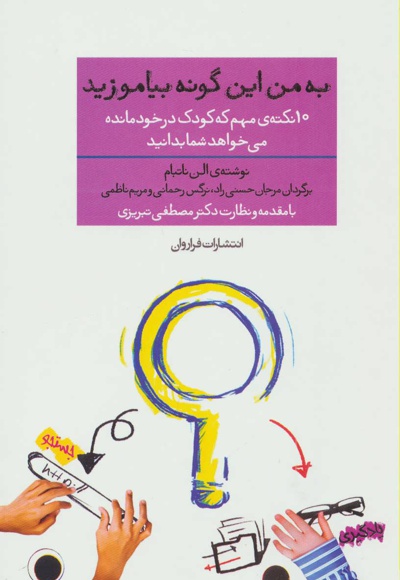کتاب Priinciples and Practice of Pediatric Continuous Renal Replacement Therapies pdf
امتیاز
5
/
0.0
نصب فراکتاب
مطالعه در کتابخوان
600
نظر شما چیست؟
Acute kidney injury (AKI) is a common cause of morbidity and mortality rates in critically ill patients requiring intensive care therapies . Approach to the treatment of AKI patients requiring dialysis has gone under evolution with the advent of chronic renal replacement therapies (CRRT) over the last two decades. Critically ill and hemodynamically unstable children better tolerate CRRT than the traditional hemodialysis.CRRT provides a slow and gentle fluid removal from body much like the native kidneys and removes inflammatory mediators of sepsis such as interleukin, TNF-alpha, and complement. CRRT also provides adequate nutritional support for the catabolic AKI patients and a control desired fluid balance.In this book, we review the current understanding of CRRT techniques, with focus on drug dosing in critically ill children receiving CRRT. The effect of CRRT on drug pharmacokinetics, which provides guidelines whether or not dose adjustment is required, is also provided in an accompanying reference table. Variations in the drugs properties regarding their molecular weights, dialysis and blood flow rates, dialysis membranes are discussed. The drugs
The book also provides a simple and easy method for estimating drug clearance as a function of total creatinine clearance when the information on the pharmacokinic of a particular drug is not available.
The book also provides a simple and easy method for estimating drug clearance as a function of total creatinine clearance when the information on the pharmacokinic of a particular drug is not available.
صفحات کتاب :
58
کنگره :
RJ466/ق2پ4 1393
دیویی :
618/926
کتابشناسی ملی :
3669441
شابک :
978-600-369-015-8
سال نشر :
1393


